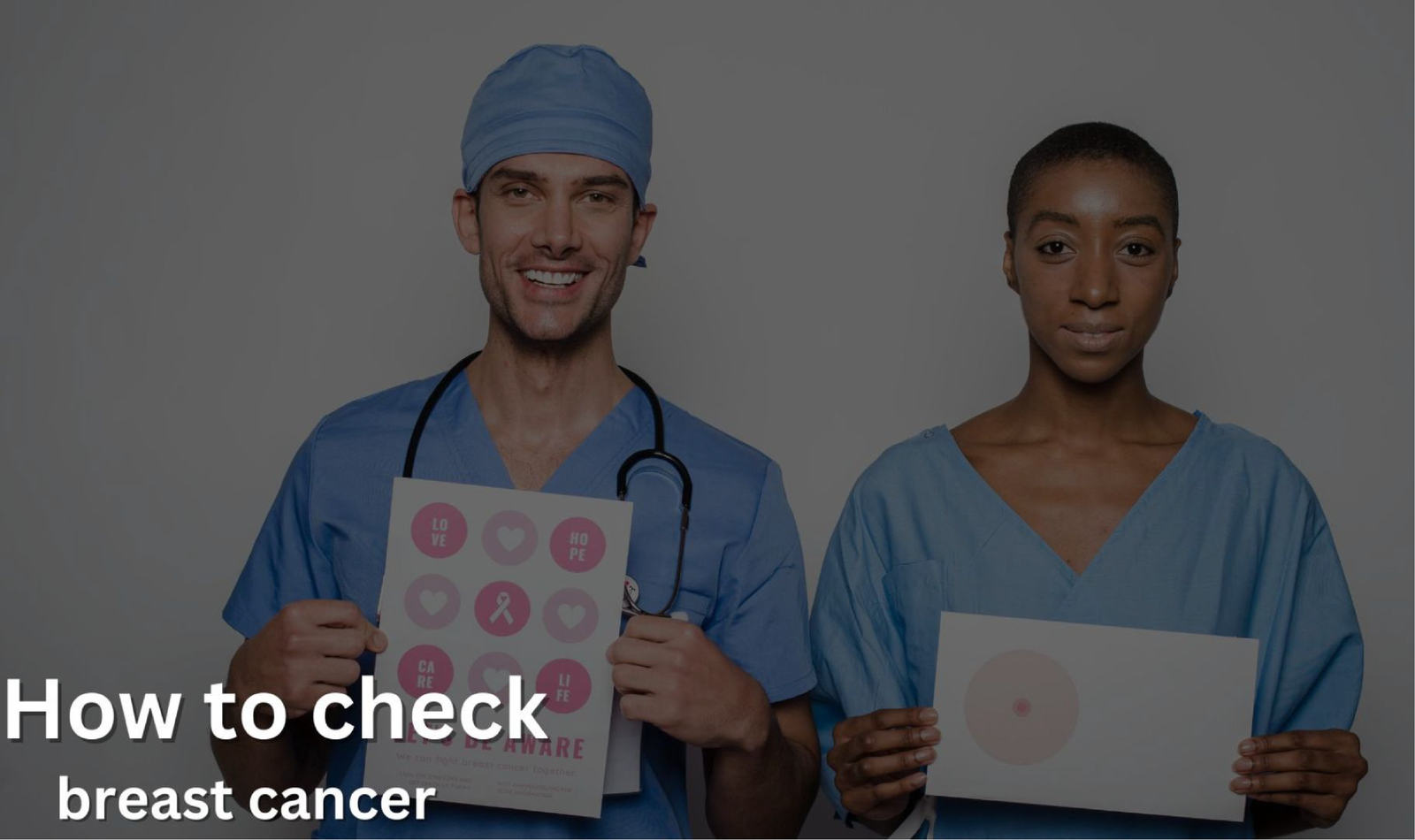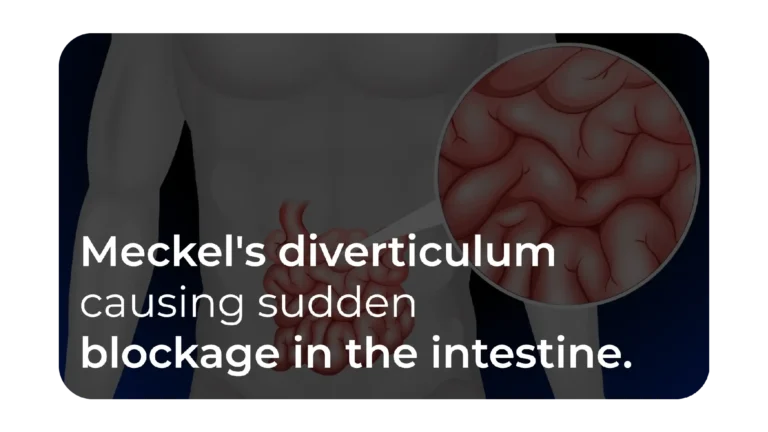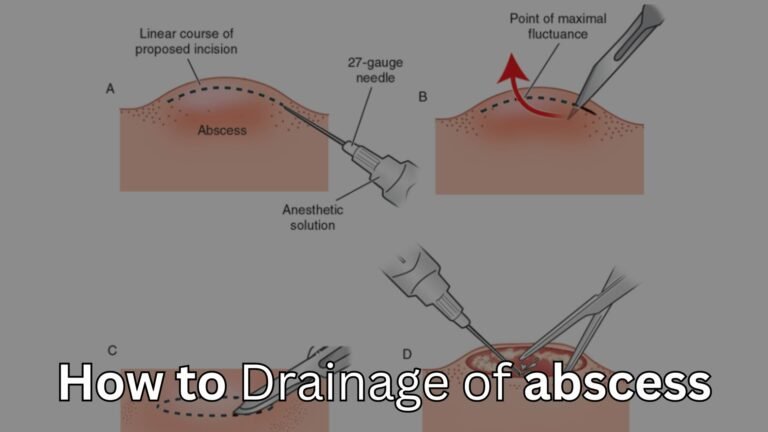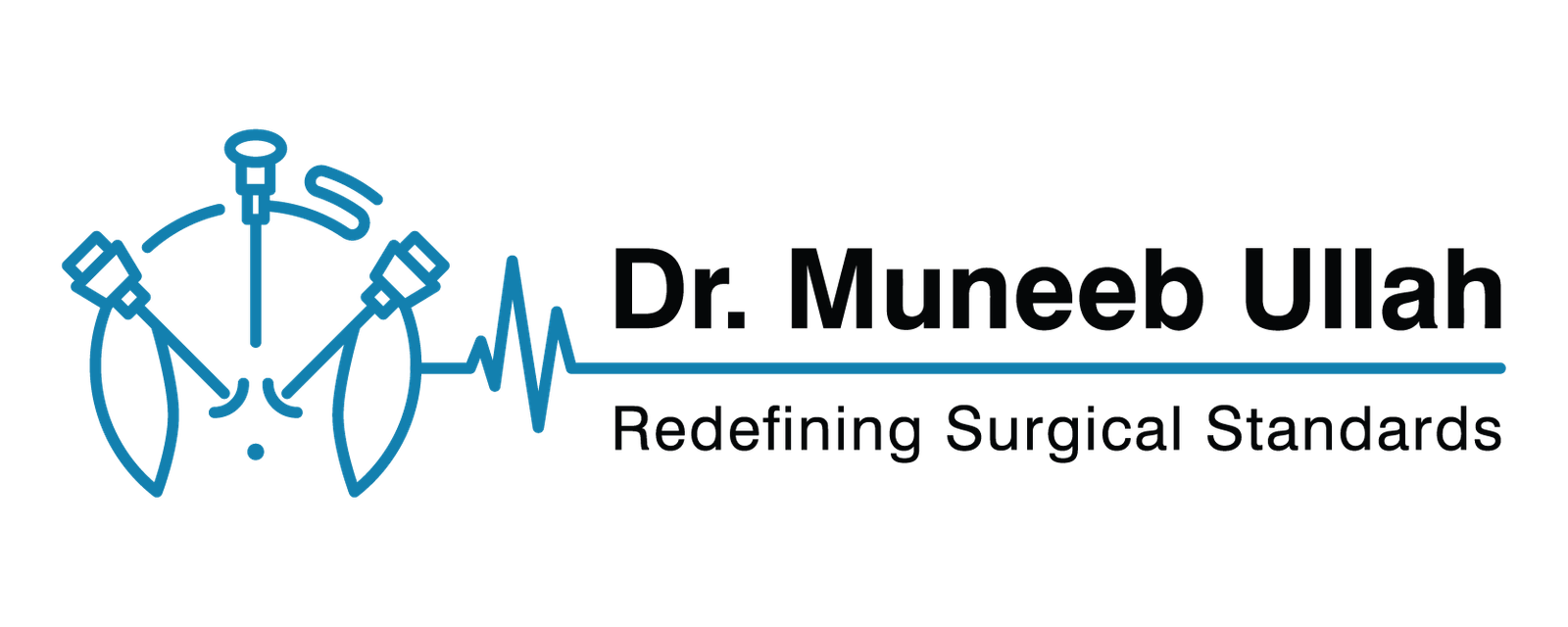How to check breast cancer
Breast cancer is when cells in the breast grow uncontrollably and form lumps. Usually, our body controls how cells grow and divide, but sometimes this process goes wrong. When it happens in the breast, it can lead to cancer. The breast is made up of glands which produces milk called lobules and ducts, which are tiny tubes that carry the milk to the nipple. Most breast cancers start in these ducts or lobules. It’s not always clear why this happens, but there are some reasons that can increase the risk. Like getting older, certain genes passed down in families, drinking too much alcohol, or being overweight. It’s also good to have regular check-ups with a doctor, especially if you have a family history of the disease.
Symptoms of breast cancer
- A new lump in the breast or underarm.
- Thickening or swelling of part of the breast.
- Irritation or dimpling of breast skin.
- Redness or flaky skin in the nipple area or the breast.
- Pulling in of the nipple or pain in the nipple area.
- Nipple discharge, other than breast milk, including blood.
- Any change in the size or the shape of the breast.
- Pain in any area of the breast.
Keep in mind that these symptoms can happen with other conditions that are not cancer.
How to check breast cancer
There are many tests used to diagnose breast cancer. Your doctor may consider these factors when choosing a diagnostic test:
- The type of cancer suspected
- Your signs and symptoms
- Your age and general health
- The results of earlier medical tests
Imaging tests
Imaging tests are like special cameras that take pictures of what’s inside your body. They help doctors see if cancer has moved to other parts. For the breast, doctors have specific imaging tests to check out areas they’re worried about after an initial checkup.
Diagnostic mammography
Diagnostic mammography is a type of breast x-ray that takes more images than the regular screening version. It’s usually done when someone notices new symptoms like a lump or liquid coming from the nipple. If a regular mammogram shows something that doesn’t look right, doctors may use diagnostic mammography to take a closer look.
Ultrasound
An ultrasound is like a camera that uses sound to take pictures of what’s inside the body. It can show if something in the breast is solid, like a lump that might be cancer, or filled with fluid, like a cyst that’s usually harmless. If doctors think there might be cancer, they use the ultrasound to look closely at that particular spot instead of the whole breast.
Magnetic resonance imaging (MRI)
Magnetic Resonance Imaging (MRI) is a powerful medical tool. It uses magnetic fields to create detailed images of the body’s internal structures. Unlike X-rays, MRI does not use ionizing radiation, which makes it a safer option for repeated scanning. Breast MRI, specifically, is a valuable diagnostic tool in oncology. It is particularly useful for evaluating the extent of breast cancer, checking for cancer in the other breast, and for high-risk screening in conjunction with mammography.
BIOPSY
A breast biopsy is when a doctor takes a little bit of tissue from a spot in the breast that doesn’t look right. It’s the only way to really know if that spot is breast cancer or something else. The pictures from your mammogram and ultrasound help your doctor figure out if you need this test and exactly where to do it. They also help decide what kind of biopsy to do.
There are a few different ways to do breast biopsy
- needle core biopsy
- fine needle aspiration biopsy
- skin punch biopsy
- vacuum assisted biopsy
Which way the doctor chooses depends on things like the size of the spot and where it is.
Also, your doctor might talk about a wire guided excision, which is another way to take out a piece of breast tissue. This one is done in an operation room.
If you notice any symptom then consult to your healthcare doctor immediately.










